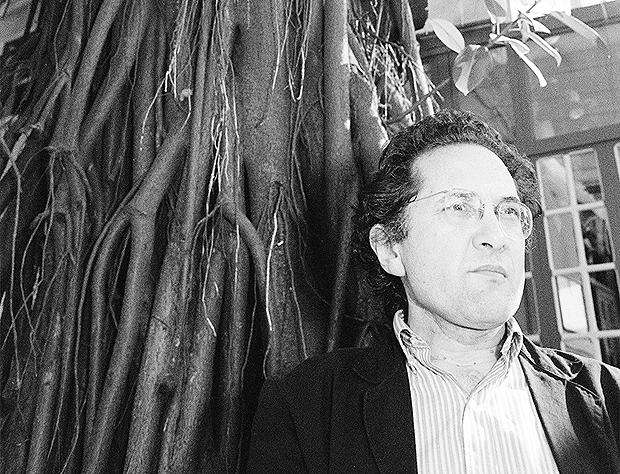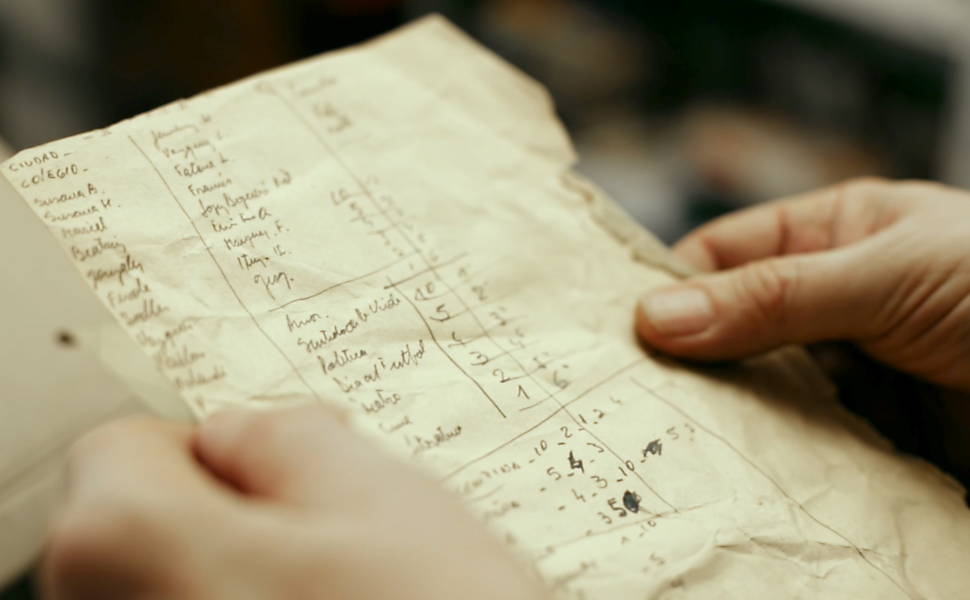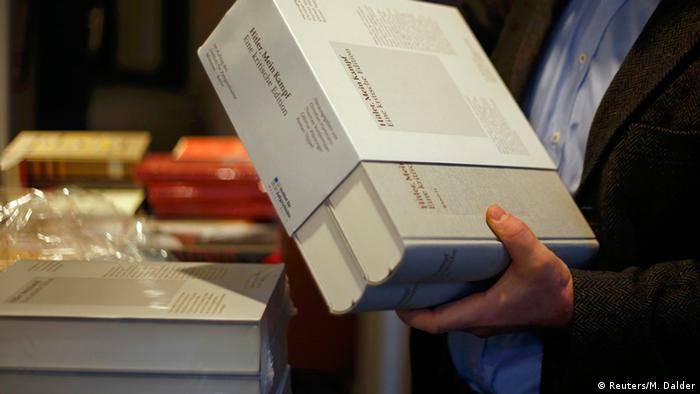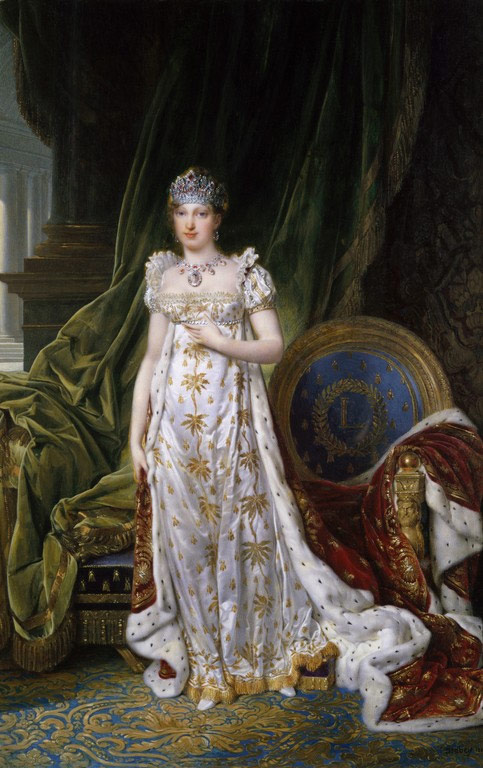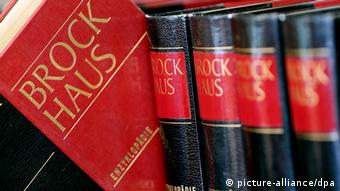Fyodor Pavlov-Andreevich demonstra sofrimento para aludir à desigualdade no país

A performance em que Fyodor evocou os “tigres”, escravos que levavam os excrementos de seus senhores para o mar -Divulgação / Pedro Agilson
RIO - Na noite do último domingo, um homem branco acorrentado num poste de luz chamava a atenção de quem passava na esquina da Rua Oswaldo Cruz com a Praia do Flamengo. Uma mulher em um Mercedes-Benz parou e perguntou se precisava de ajuda. Carros da polícia e do Corpo de Bombeiros chegaram alternadamente; os poucos pedestres que passavam àquela hora tardia tiraram fotos. Pele branca, olhos claros num corpo de 1,91m, o russo Fyodor Pavlov-Andreevich, 39 anos, apesar de falar português, não respondeu às perguntas que lhe eram feitas. A não interação fazia parte da performance, uma das sete que compõem o projeto “Monumentos temporários”.
A imagem do branco nu (ele sentou sobre um pedaço de jornal, com o qual escondia os órgãos genitais quando necessário), acorrentado numa esquina do Flamengo, não surgiu aleatoriamente. O artista, com residência em Moscou, Londres e Rio de Janeiro, aludia ao episódio em que um jovem negro foi detido dessa forma por moradores do bairro, em 2014. Na época, o registro foi imediatamente associado ao modo como os escravos eram (mal)tratados. E a escravidão no Brasil, do passado e do presente, com uma embalagem mais moderna, conduz esse trabalho do artista.
— Fico espantado quando vou, por exemplo, a eventos de arte aqui e não vejo um negro. Como é possível, se em algumas cidades, como Salvador, eles são maioria? — indaga ele. — O modo como a escravidão se perpetuou no Brasil, com tanta desigualdade, é único no mundo.
URUBUS E PAU DE ARARA
 |
| O artista acorrentado a um poste de luz no Flamengo, na noite do último domingo - Divulgação / Pedro Agilson |
A ideia de transformar o espanto em arte surgiu há um ano, na Praia da Laje, em Alagoas, quando Fyodor fazia uma residência artística. Encantado com o modo como os moradores locais escalavam os coqueiros, pediu que lhe ensinassem. Ao saber que os escravos recolhiam no alto as sementes, trocando-as por dinheiro e comprando sua liberdade, decidiu iniciar por ali o trabalho, ficando sete horas agarrado ao tronco de um coqueiro. O registro fotográfico da performance foi exposto na ArtRio, em setembro, pela Galeria Anita Schwartz. Na mesma praia, fez a segunda performance: deitou por sete horas na areia, ao lado de urubus que circundavam uma tartaruga morta. Na terceira, deixou-se amarrar como num pau de arara e ficou no mar, levado pelas ondas. Na quarta, pendurou-se pelo pé no galho de uma árvore. E no último fim de semana, no Rio, antes de se acorrentar ao poste, caminhou no sábado durante sete horas, do Maracanã à Avenida Brasil, carregando um cesto com um peso na cabeça, como os escravos que conduziam as fezes dos senhores brancos até o mar.
Todas as fases foram documentadas, em vídeo e foto, e serão exibidas numa exposição, ainda neste ano, em lugar a definir. Na abertura da mostra ele fará a sétima e última performance, que aludirá à forma como os escravos eram trazidos ao país nos navios negreiros.
Ao longo do trabalho, Fyodor foi bicado por urubus, machucado pelo atrito com a areia, contundido pelas horas passadas numa mesma posição. Ele diz que detesta sentir dor, mas o sofrimento, observa , era necessário ao trabalho.
— Sinto que falta relação com o sofrimento na arte contemporânea. Nos anos 1970, muitos artistas atuaram respondendo a um momento de agressividade no mundo. Eu mesmo prefiro ficar no conforto na praia. Mas não dá para falar de escravidão sem se colocar nesse lugar.
Fonte: Estado de São Paulo

 Louise Bourgeois no estúdio em sua casa, no Chelsea, em Nova York, em 1974 - Divulgação
Louise Bourgeois no estúdio em sua casa, no Chelsea, em Nova York, em 1974 - Divulgação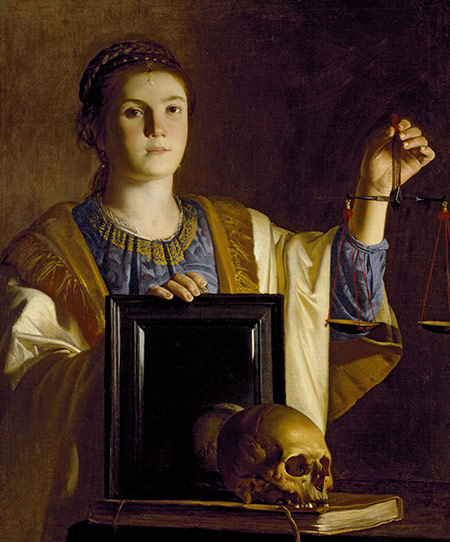








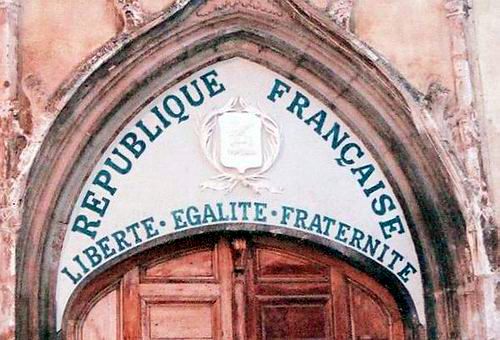
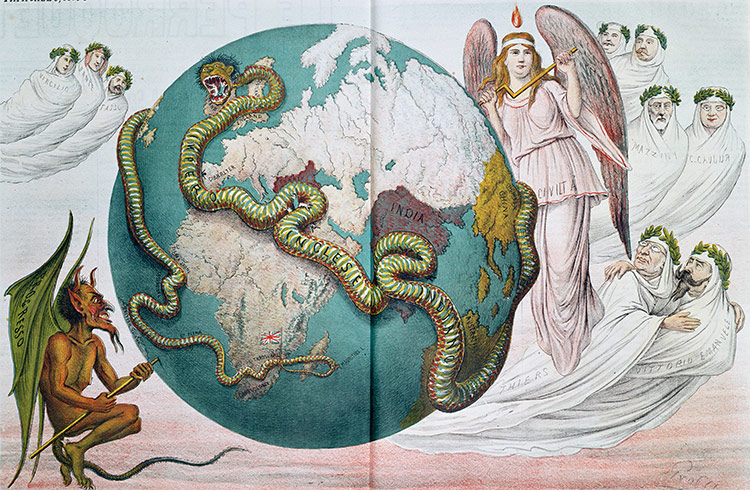


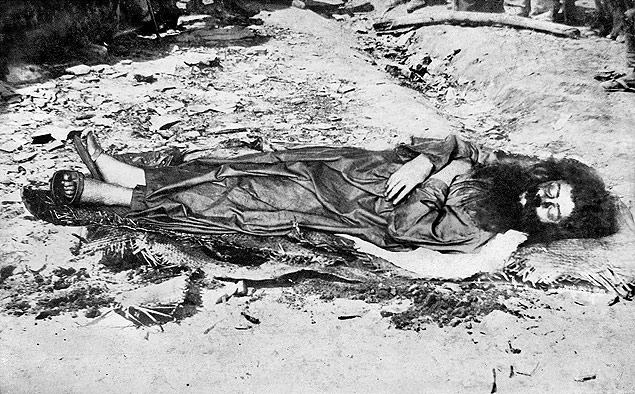

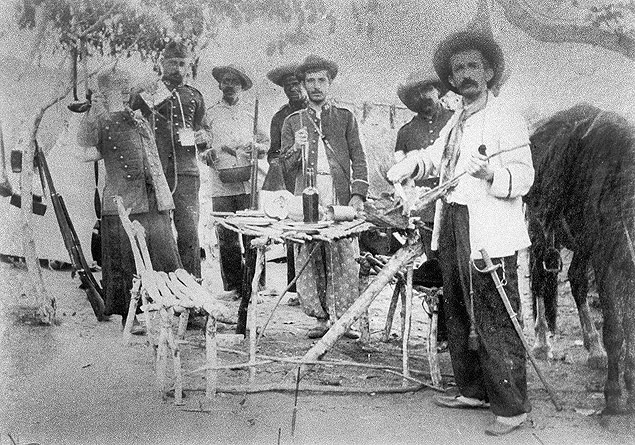
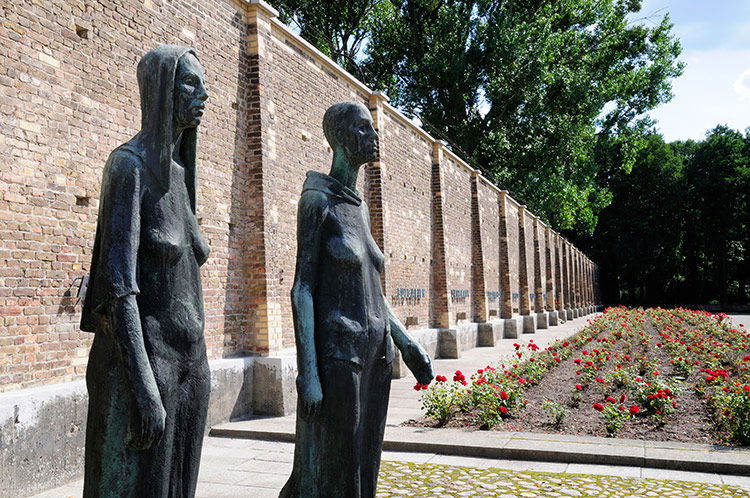
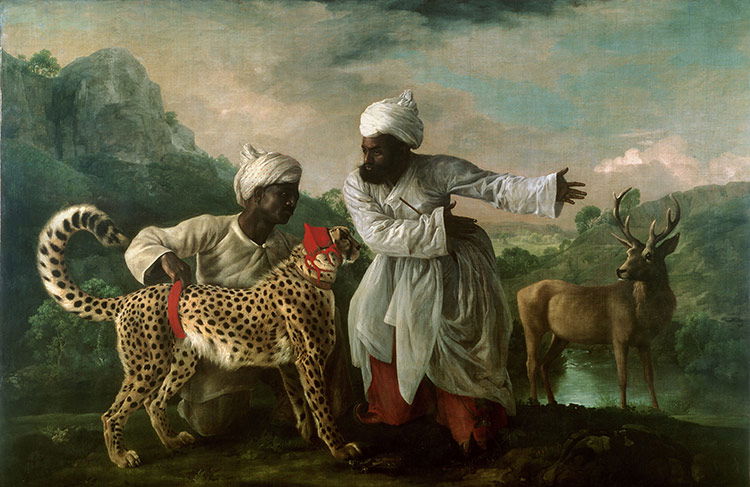 George Stubbs, A Cheetah and a Stag with two Indian Attendants 1765. © Manchester Art GalleryThis is a sponsored post on behalf of Tate Britain
George Stubbs, A Cheetah and a Stag with two Indian Attendants 1765. © Manchester Art GalleryThis is a sponsored post on behalf of Tate Britain